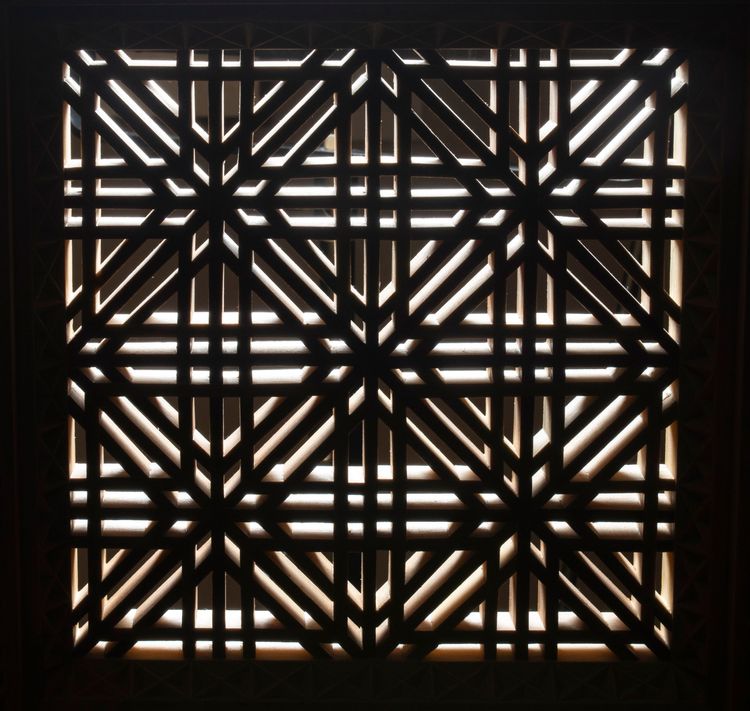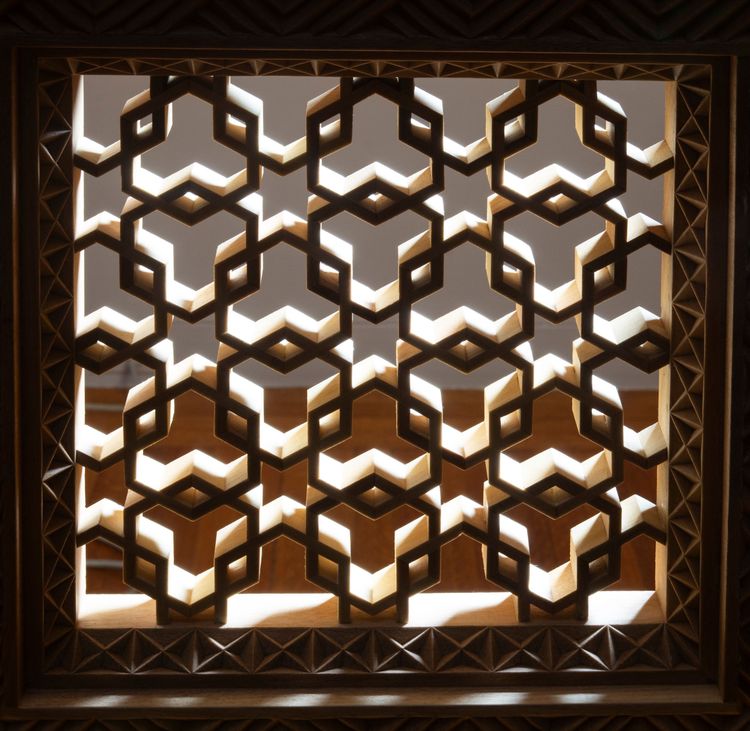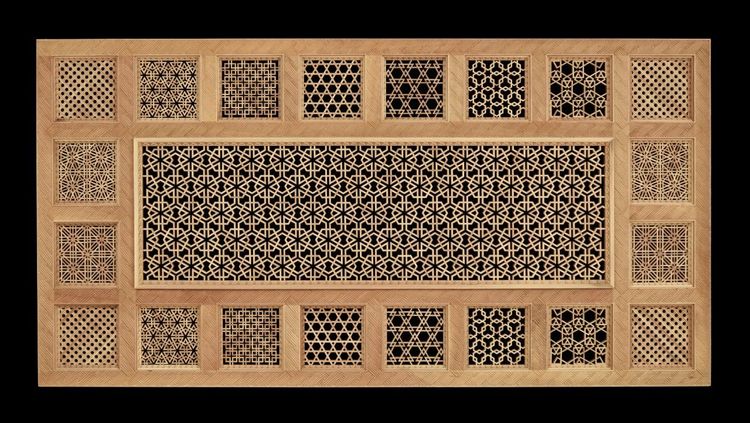Jaali Screen
Contributed by
Hamid
Hamid
"I feel so much need for those wonderful pieces to be preserved. This is a piece of my identity, piece of my home, piece of my childhood."
0:000:00
Transcript
[0:02]
This Jaali screen is part of the identity of a larger community in Afghanistan, especially the place that I grew up. The screen is an integral part of the old houses in Kabul.
[0:15]
People share with the screens their wonderful moments, their sad moments, their ceremonies, events...their entire life. Whenever you invite someone in your house, they call it 'mehman khana', or a place for the guest when they come. That was the most beautiful place to show people that 'I'm that kind of person. I have this wealth, and you see this beauty in my house'.
[0:43]
If you want to ask some very professional person to design or produce a Jaali screen for you, you need a year almost for that person to be available and work for your house. So that was part of showing your power, your wealth to the community.
[1:03]
Jaali means meshes in Farsi. It is decorative and at the same time, it's for the air to enter and to give ventilation, especially for the hot weather. You will see the reflection of the lights on the floor from these patterns, from these holes. It works like meshes because from inside, which is darker, only I see outside - nobody will see what's going on inside.
[1:33]
So it's just playing with the light. That's why it makes it beautiful. The one that I acquired for the museum, it's a beautiful piece. It's made by white walnut and cedar wood. It's rectangular shape, curved with Islamic motifs.
[1:50]
The Islamic artisans are expert on floral designs and geometric designs because of the ban on the figurative arts. But this screen was invented pre-Islam in India in Hindu temples and architecture. Then it moved to Islamic culture because of their functionality, but also because of their beauty to the buildings.
[2:13]
They would not use any nail for these patterns or maybe any glue. It's all interconnected with their own geometric style. And it's not only a carpenter; it's a designer, carpenter, carver....it's communal work, which is wonderful practice. Unfortunately, because of the modern technologies, the new machines, they easily produce those types of works and slowly they are marginalising and disappearing from the communities.
[2:45]
One of my previous colleagues, he sent me the picture of the Jaali screen that was packed and ready for shipment. And on the background I saw those beautiful columns of Murad Khani. And I feel..oh my God, why?! We didn't care a lot about these pieces, those crafts and objects that I saw in my daily life...
[3:06]
I didn't feel any closeness to that. But now I'm thinking, wow, some of them are 300 years old. They were so fragile. It could be a museum. It shouldn't be a house for people to live in!
[3:21]
You know, this is a very big topic - how to preserve and what to be preserved. Like, by bringing people out of those places and just lock the doors, is it called preserve?
And by preserving, maybe we need to preserve their community as well? Like, bring some more facility to those places to upgrade it, educate people.
[3:45]
But today I really miss those pieces. And I feel, I know it's not okay to close those houses, to cover it with a screen and don't let people touch it. Those communities’ are part of those places and should be there..but now when I'm here - and especially when I'm working in the museum in the United States, and I see the furniture and the housewares that they have here, although that's not that much old, but still they're trying to preserve it as their culture heritage. So, I feel so much need for those wonderful pieces to be preserved.
[4:21]
This is a piece of my identity, piece of my home, piece of my childhood. And I'm so excited about this piece to come to the museum especially, especially for the new audience. We are showing to other parts of the world how these artisans in Asia, their practices and craftsmanship, they generated such pieces and now it's part of the international culture all over the world.








